A Drexciyan Saga: Abdul Qadim Haqq talks about the visualisation of Detroit Techno
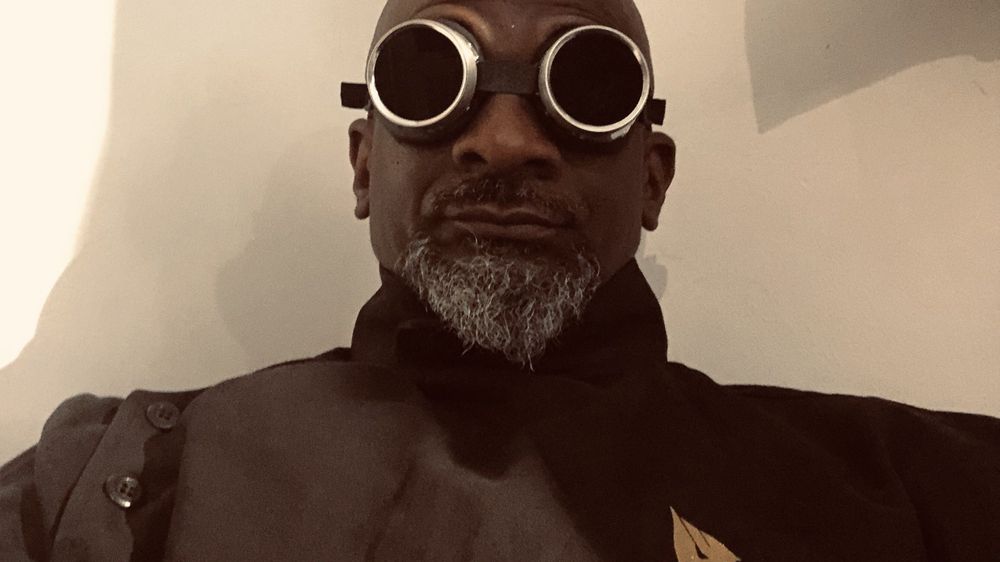
The history of electronic music is diverse and decentralised, despite what the accepted narrative might suggest. In the latter half of the 20th Century signals emerged from university campuses and radiophonic workshops, resonated across the landscapes of post-industrial Europe and reverberated through the Caribbean, Africa and Asia. These patterns ricocheted off each other like atoms in a collider, creating new forms that fizzed away like decaying particles. From conservatoires to gay discotheques the sound morphed and shifted its form and identity; its meaning and its mode of transmission. One place that acted as a key focus for this energy was, of course, the city of Detroit. The city was a crucible, melting down influences from across the globe and forging the uniquely black, startlingly futuristic sound that became techno. Fusing the cold robotics of European synth-pop, the jacking house energy of Chicago and New York and mixing this into the mutant-psychedelic legacy of P-Funk, the sound of Detroit techno was fiercely forward thinking. But the spirit of techno wasn’t just expressed through sound. The music quickly became synonymous with the sci-fi imagery and Afrofuturist artwork that adorned the record sleeves. And there is no artist who is more responsible for shaping this visual identity than Abdul Qadim Haqq.
Haqq began working in techno right out of art college, and his beautifully rendered visions of alien worlds and cybernetic afro-futures would soon give him a name as the foremost visual artist within Detroit techno. But it was his work with the seminal electro pioneers Drexciya that would see him doing some of his most memorable pieces, and he has just released a new graphic novel via Tresor exploring the vivid backstory of the underwater warriors. I was delighted to get the chance to catch up with Haqq with his generous enthusiasm and infectious laugh, to take a journey into the world of one of the great artists of electronic music.
Born in Detroit in 1968, Haqq discovered his love for science fiction early. “Growing up in the 70s we had so many wonderful science fiction programs,” he tells me. “I was a sickly boy so I had to stay inside a lot. I had asthma really bad, so my parents got me a TV when I was really young, maybe five or six years old. So, I got to watch Star Trek and a lot of Japanese Anime like Speed Racer. And we had a weekly series on Channel 7 that showed Godzilla and other cool movies like that, so I grew up with a really strong passion for sci-fi.”
I’m keen to know if this love affair stemmed from the desire to escape his physical limitations or was it the love of the exciting new technologies that drew him in? “It was both actually. I was just amazed at the different things that they were showing on these programs compared to life in the 70s, and it gave me some kind of hope for the future. I was amazed at all the special effects they would show with the space ships and the ray guns and all that sort of thing. It was perfect escapism for me. And still to this day for me that’s some of the best stuff. I just finished re-watching Space 1999, and I got the biggest kick out of it because it reminded me of being a kid and watching those shows.”
Even at this early age Haqq wasn’t content to simply be a consumer of sci-fi. He wanted to be a creator. And again, he tells me it was the support of his parents in the face of his asthma that provided the push in that direction. “Being inside all the time my mom gave me some pencils and markers and a big stack of paper and said “do something with this!” And so, I started doing sci-fi stories right at that early age.” Haqq started creating stories of space battles between a red army and a blue army, just letting his imagination flow. I jokingly ask if one of them was the good guys. “If I recall the red guys were the good guys, sort of the opposite of how it is in my country today right?” he laughs.
But it wasn’t just science fiction that shaped his young mind. Coming of age in the 80s Haqq first absorbed disco through his early childhood, then hip-hop and heavy metal in high school. And, like so many others of his generation in Detroit, there is one name that can’t be left unspoken when it comes to their musical development; The Electrifying Mojo. “I got a radio when I was around 13 and Mojo was on and he was wonderful. I mean Mojo was probably the best radio DJ in my lifetime. And he influenced so many other people.” And it was through Mojo that Haqq first heard the new sounds of Detroit techno, but due to the heady melting-pot of sounds that Mojo was playing this new techno music didn’t sound like something totally out of the blue. “It just sounded natural,” he tells me. “It just sounded natural and really good.”
Haqq’s break into the techno world came in 1989 when his Third Earth Visual Arts collective was commissioned by Derrick May to design the cover of The Beginning by Rhythm is Rhythm. “A friend of mine danced for (Kevin Saunderson’s label) KMS and Inner City. And at that time everyone was in the same corner of the same block, which is now called Techno Boulevard. So you had KMS, Metroplex and Transmat all in the same vicinity. My dancer friend talked to Derrick and Derrick said he needed an artist and he suggested me. So me and my friend went down there and met with him and he liked our work and so he hired us.”

And that was the birth of a career that would see Haqq put his visual stamp across the burgeoning genre. From there he linked up with people like Underground Resistance, where he designed the artwork for seminal records such as The Knights of the Jaguar by DJ Rolando, Carl Craig’s Planet E and pretty much all of the major imprints that came out of the city. And as his name grew, he picked up work with overseas labels like Apollo and R&S over in Europe. As someone who was so integral to developing the visual language of techno, I was keen to find out what he saw when he heard the music. “To me it always represented the future and deep space and things like that,” he tells me. “But the music always seemed to tell a story. I always got that vibe when I heard techno music.”
While most of the techno coming out of Detroit was heavily laced with sci-fi, nobody channelled quite so much of this spirit as James Stinson and Gerald Donald poured into their Drexciya project. The music by itself was some of the most futuristic and forward thinking to come out of the city, and their sound became the much imitated, never matched architype that would resonate through the subsequent generations of electro artists. But the duo didn’t just limit their creative imaginations within the boundaries of sound. Around their music they wove stories of the Drexciyans, a race of underwater warriors derived from the amphibious babies of African women thrown overboard as they were transported to a life of slavery in the Americas. Stinson and Donald created a whole world under the waves, with Bubble Metropolises, Drexciyan Wave Jumpers and the mysterious Dr Blowfin. These uncompromising narratives of empowerment arising from the brutality of slavery looked at sci-fi from an angle that just wasn’t present in mainstream culture.
The sci-fi narratives of Drexciya and Haqq’s unique artistic talents seemed made for each other but while the project first emerged in 1992 it wasn’t until the end of the decade that Haqq became involved. “It was the early 90s when I first met James but I only spoke to him in passing. But later on I got hired to do (their 1999 album) Neptune’s Lair and that’s when me and James began to talk extensively about these concepts and how he wanted Drexciya to look. I didn’t meet Gerald until a few years later by chance, in a temple in Japan of all places. So that was pretty deep actually.” But while Haqq’s original main link with the project was Stinson, that boundlessly creative life was cut tragically short when he passed away in 2002 at the age of only 32. “Then the rest of my relationship has been with Gerald Donald, and I’ve been in contact with him throughout the process of making this graphic novel.”
And this brings us to talking about The Book of Drexciya Volume One which was released via Tresor earlier this year. I wondered how it felt to step inside such an established story and start to work on it for this book. “It was a challenge,” he says thoughtfully. “Yeah it was a real challenge to try to visualise this into a complete story. But when you look at the body of work of Drexciya you start to see that the music is an epic tale, a saga, of a people. So I felt a whole story could be built on top of it using the songs as a guide. And this music has always been visual story telling music to me, so that’s the direction I went in. So, I came up with the idea of the first king of Drexciya; the first baby that was thrown overboard. And so, I wanted to build the story around that.”
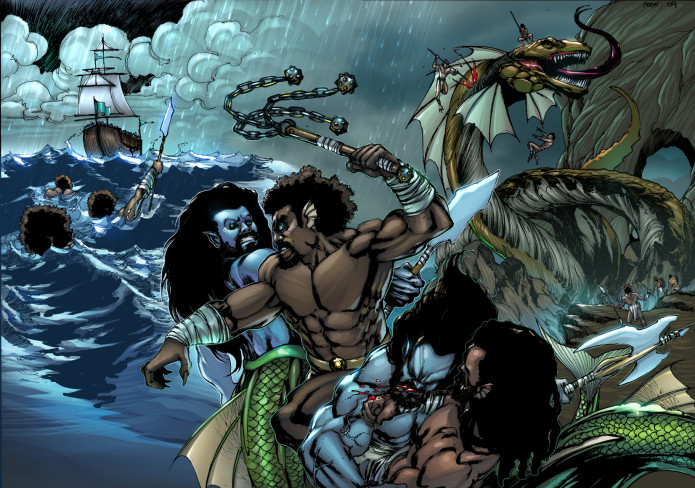
But any graphic novel isn’t just the work of one mind, and Haqq takes me through the team he built around him to see the project through to completion. “First and foremost, Dia Satō, who I consider one of the greatest anime writers of all time, and I was very honoured to have him working on the script and the dialogue. And then most of the others were artists from Brazil who I’ve worked with before: Milton Estevan, Leonardo Gondim, Leo Rodrigues. And then the legendary (techno producer and graphic artist) Alan Oldham got a chance to work on the book as an inker. So we had a really good ensemble to bring out the best art.” And they certainly did. The book is a beautifully rendered telling of the story of Drexciya that perfectly encapsulates the spirit of the music.
But the story is not over. Part two is already in development and a crowd-fund initiative is likely to follow shortly to get the resources in place to make this happen. And if this first book is anything to go by, the follow up will be a very exciting prospect indeed. And as Haqq runs through the other projects he’s working on I’m struck by the enthusiasm and energy of this artist who has already worked in the industry for 30 years. Up until the start of lockdown he was still travelling the globe to paint murals, and he has new art on the way for people like Detroit producer Luke Hess. And when the work stops, his creativity doesn’t switch off, and he spends his hours doing portraits of people just for his own pleasure on his iPad. As we sign off the zoom call and both head out into hot summer days either side of the Atlantic, I’m flooded by a sense of awe that a figure so intrinsically entwined in the history of Detroit techno, is still so energetically focused on its future.
Buy the book HERE.










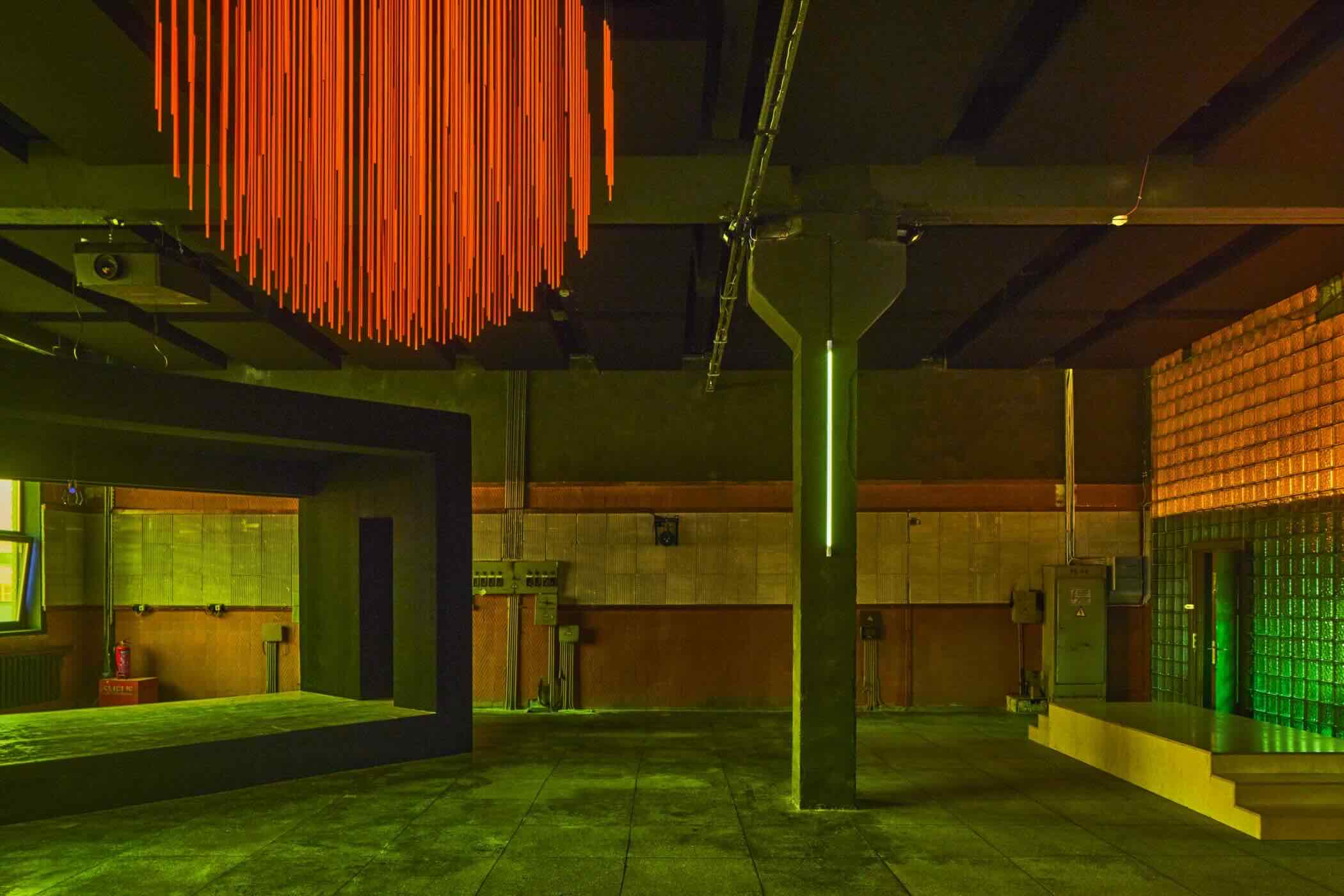
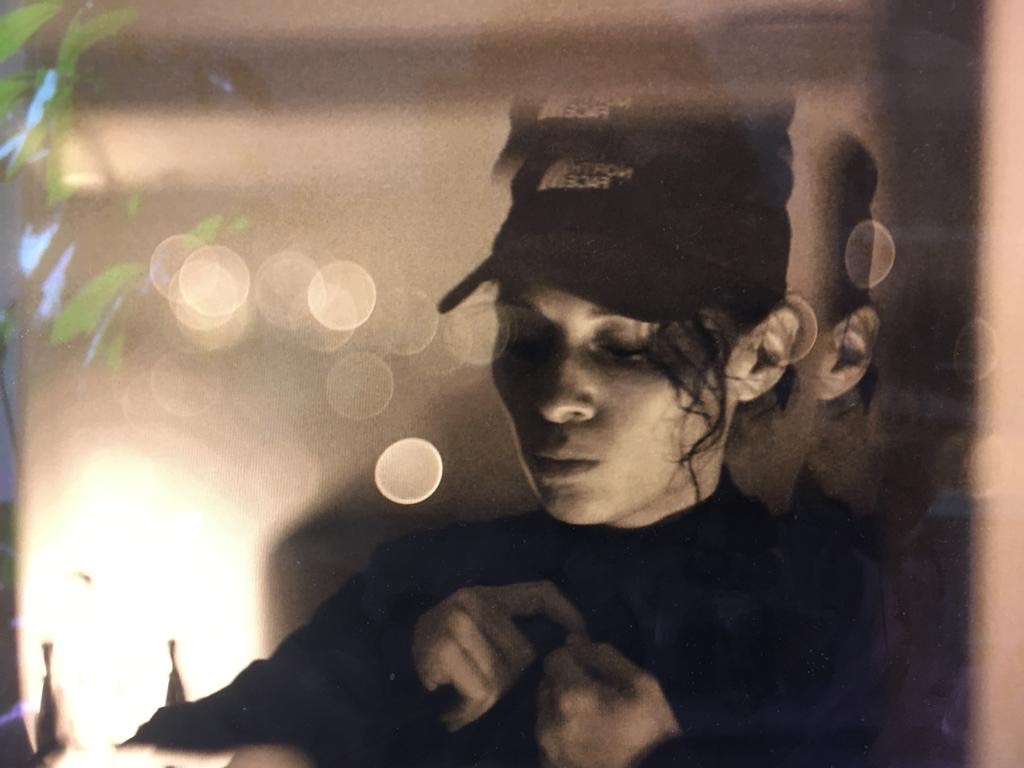
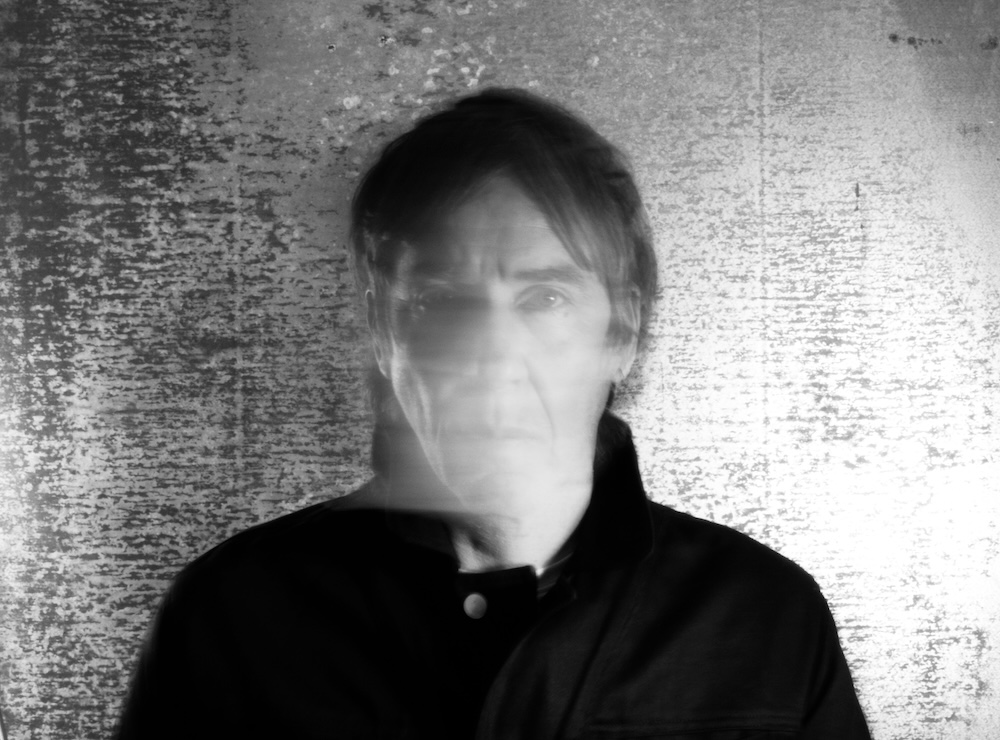




Must Reads
David Holmes – Humanity As An Act Of Resistance in three chapters
As a nation, the Irish have always had a profound relationship with the people of Palestine
Rotterdam – A City which Bounces Back
The Dutch city is in a state of constant revival
Going Remote.
Home swapping as a lifestyle choice
Trending track
Vels d’Èter
Glass Isle
Shop NowDreaming
Timothy Clerkin
Shop Now